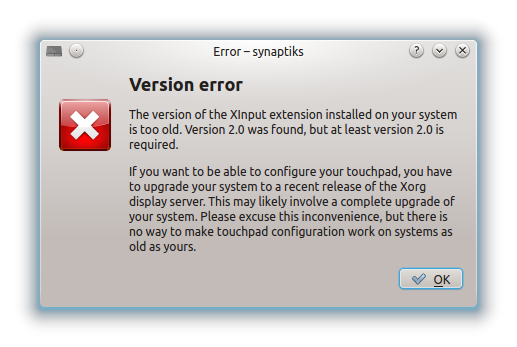Last August PGI announced an update to its “PGI OpenCL Compiler for ARM” (PGCL 12.7), but if you go looking for that on the PGI news page you won’t find it. In fact if you go to their products page and go to the link for the “PGI OpenCL Compiler for ARM” you’ll find it’s gone too..
For the record that part of the products page currently looks like:
PGI Compilers and Tools for Mobile and Embedded Platforms PGI OpenCL Compiler for ARM PGCLâ„¢ is an OpenCLâ„¢ framework for compiling and running OpenCL 1.1 embedded profile applications on the ST-Ericsson NovaThorâ„¢ U8500 and follow-on platforms using a single ARM core as the OpenCL host and multiple ARM cores as an OpenCL computing device
The interesting thing is that this has happened recently, Google’s cache of the news page (dated July 25th 2013) still has the announcement listed:
The Portland Group Updates its OpenCL Compiler for Multi-core ARM Portland, Oregon August 21, 2012 Latest PGCL includes automatic generation of NEON/SIMD instructions The Portland Group® (PGI), a wholly-owned subsidiary of STMicroelectronics and the leading independent supplier of compilers and tools for high-performance computing, today announced the release of PGCL 12.7. PGCL™ is the PGI OpenCL framework for multi-core ARM-based Systems-on-Chips (SoCs), currently available on ST-Ericsson NovaThor™ platforms. PGCL includes a PGI OpenCL compiler for multi-core ARM CPUs as a compute device and complements OpenCL for GPUs.
So something changed in the last week, oddly around the same time that nVidia announced it was buying PGI..

